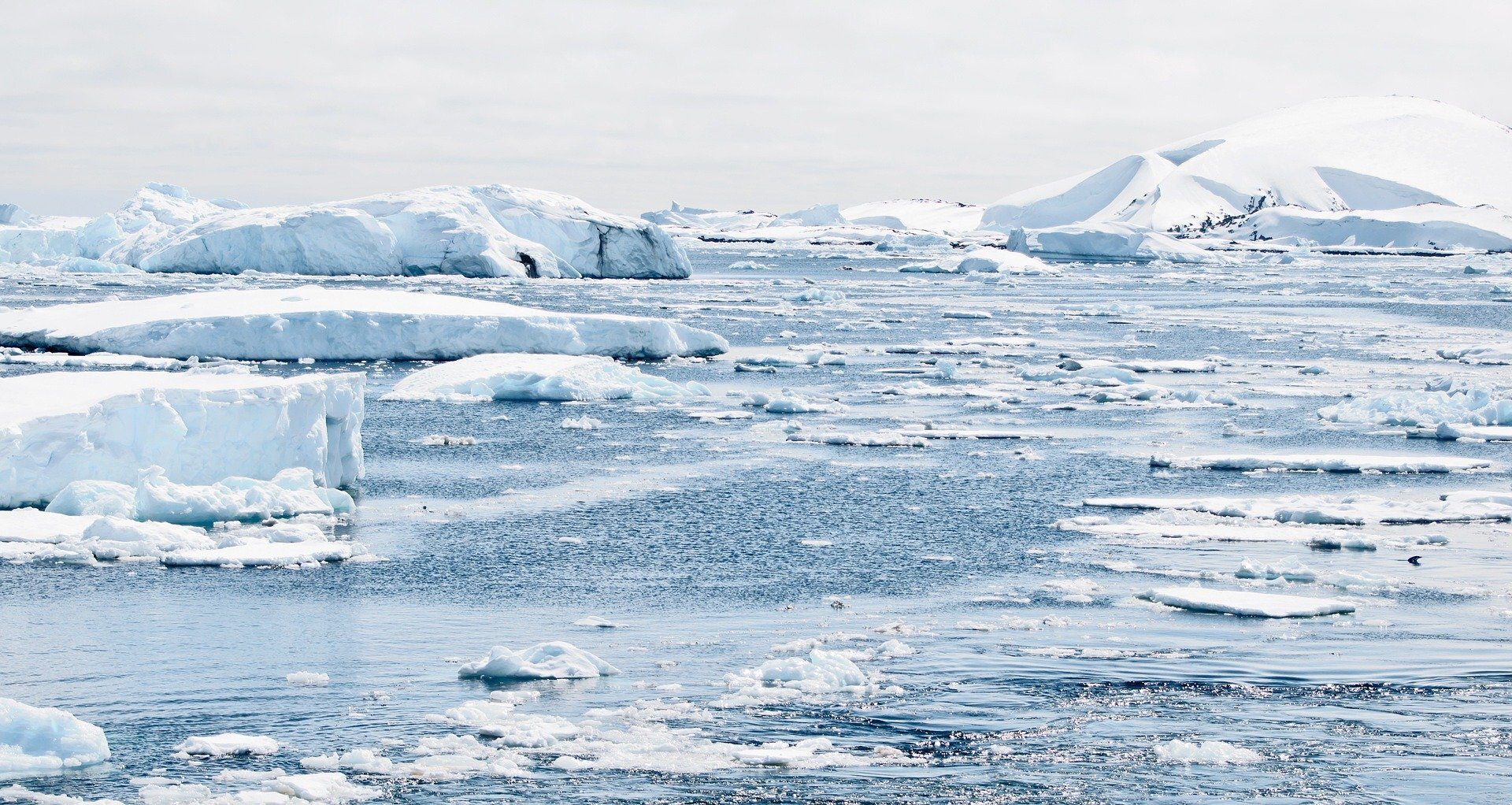

Recent research indicates that the formation of ice caps on Earth is a rare phenomenon that has required a combination of intricate processes throughout the planet’s history.
In a study led by the University of Leeds, a team of scientists examined why Earth has predominantly experienced a “greenhouse” state without ice caps for so long and why our current climatic conditions are considered exceptional.
The researchers discovered that the planet’s present ice-covered condition is not the norm and emerged from fortunate circumstances.
Various theories have been proposed to account for historical cold periods on Earth, such as reduced carbon dioxide emissions from volcanic activity, enhanced carbon sequestration by forests, or the interaction of carbon dioxide with specific rock types.
This study marks the first comprehensive examination of these cooling mechanisms within a groundbreaking 3D Earth Evolution Model developed at the University of Leeds, made possible by advancements in computational technology.
The findings revealed that no single factor is responsible for establishing these cold climates; rather, a combination of several processes is necessary. The results of this research were published in the journal Science Advances on February 14, 2025.
This work is poised to clarify ongoing debates within Earth Sciences about the factors contributing to these colder epochs.
Lead author Dr. Andrew Meredith, who conducted this research at the University of Leeds’ School of Earth and Environment, explained that the study sheds light on why icehouse conditions are infrequent.
“We now understand that the existence of ice caps on our planet—rather than a planet devoid of ice—is due to an unusual combination of minimal global volcanic activity and widely distributed continents with significant mountain ranges. These conditions promote substantial global rainfall, which in turn enhances processes that remove carbon from the atmosphere,” he noted.
“This suggests an important insight: Earth’s natural climate regulation tends to favor a warmer, high-CO2 environment without ice caps, rather than the semi-glaciated, low-CO2 world we currently experience.
“We believe this inherent tendency towards a warmer climate has contributed to averting catastrophic global glaciations, often referred to as ‘snowball Earth,’ which have been exceedingly rare and have allowed life to thrive.”
Professor Benjamin Mills, who oversaw this project at Leeds’ School of Earth and Environment, added that these results hold significant implications for understanding global warming and our immediate environmental trajectory.
“An essential takeaway from this study is our expectation that Earth will not necessarily revert to colder conditions as seen in the pre-industrial era,” he explained.
“The current state of our planet, characterized by ice coverage, is atypical in the context of its history, yet our global society has come to rely on it.
“We must strive to protect it and remain cautious of the assumptions we make about the return of cold climates if we allow excessive warming to persist before halting emissions. Throughout history, Earth has favored warmer conditions, but our human society thrives in the cooler climate.”
More information:
Andrew Meredith, “Phanerozoic Icehouse Climates as the Result of Multiple Solid-Earth Cooling Mechanisms,” Science Advances (2025). DOI: 10.1126/sciadv.adm9798. www.science.org/doi/10.1126/sciadv.adm9798
Provided by
University of Leeds
Citation:
Research reveals how Earth got its ice caps (2025, February 14)
retrieved 15 February 2025
from https://phys.org/news/2025-02-reveals-earth-ice-caps.html
This document is subject to copyright. Apart from any fair dealing for the purpose of private study or research, no part may be reproduced without the written permission. The content is provided for information purposes only.









